Xi’an and the Terracotta Army
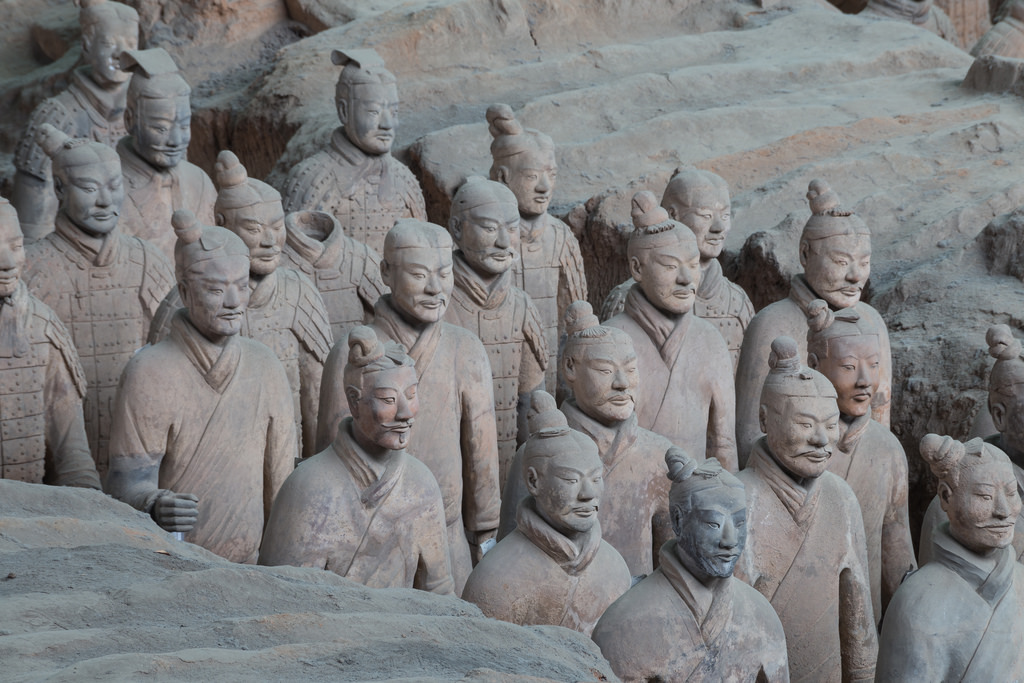
Before I was born my parents launched a program which paired archaeologists with high school kids eager to learn through a hands-on exploration of history. Though they had retired from the field by the time I came along, many of our close family friends, including my godmother, were archaeologists or historically inclined. That exposure ignited my imagination and passion for history from an early age. There’s also something profoundly exciting about the mystery and unknown that goes with the prospect of realizing that there are entire civilizations that we know almost nothing about lying buried just beneath the soil.
There are few archeological digs as captivating to the imagination as the Terracotta Army. There’s something about the sheer size and scope of the 8,000+ strong fired clay army that is mesmerizing. Beyond that, the knowledge that each is distinct and has a wonderfully human feel pairs with the age – 2,000+ years ago – to stand as an incredible tribute to the power, creativity, skill and talent present at the time. Far too often I think we tend to view modern history and civilization as “starting” around year 0 on our calendars. It’s only natural given that 0 is the point of origin in so many other areas of our lives.
But, monuments like the Terracotta Army outside Xi’an in China stand as a powerful reminder of how robust humanity was at the time. To the advanced art forms we had mastered, the incredible scale and complexity of our societies, and to the vastness of Chinese history that as a Westerner we often gloss over or neglect.
The city of Xi’an ended up being far more charming than we expected and make no mistake, it is most definitely a city. With more than 8 million residents and an MSA in the area of 14 million, the city alone dwarfs all of Denmark and my home state of Arizona … combined. But, despite the massive population, the historic center is walkable, tidy, clean, easy to navigate, and never felt oppressive. In truth, in many ways we found Xi’an to be far more approachable and charming than Beijing.
Food was good, cheap, and the options were extensive. Our hostel was lovely and the overnight sleeper train to/from Beijing was not only easy to navigate but such a pleasant experience we chose to skip the hassle of the airport and return to Beijing by train.
After reading several guides with advice on how to reach the Terracotta Army which requires a tour bus or local bus and a hour+ ride, we decided to embrace the adventure and to risk the local bus.
After reading about the need to find the right Number 5/306 bus, not one of the overpriced “fake” tourist buses which try and usher you onboard, we backtracked to the central train station and relatively quickly found ourselves sitting comfortably on the bus. Eventually, a ticket collector made her way down the aisle, we paid our 7 Chinese Yuan ($1 USD), and we were off.
Despite being some of the only Westerners on the bus, navigating to and finding the Terracotta Army museum was straightforward. Something made that much easier and low-stress by having a local sim card and GPS.
I can’t speak to how the bus ride and admission to the museum is in peak season – but for us in March there was zero wait and the entire process was wonderfully convenient and pleasant.
Once inside the Museum navigating the exhibits was a straightforward experience.
We started in reverse of the suggested route, entering Building 4 first, then heading to 3, 2, and then ending with the grand finale in the primary vault. A route which had been suggested by a friend.
I vastly preferred this, as we started with the smaller detailed vaults and exhibits and worked our way up to the primary vault as the grand finale. In this way, I feel like we appreciated each of the vaults equally vs. having the final three overpowered by the main chamber.
To my surprise, I was allowed to keep my tripod with me, and was undisturbed as I used it to capture shots of the soldiers that would have otherwise been impossible due to the relatively dim light and overcast weather.
I was also thrilled to have my 70-300 lens with me, as it let me capture some of the detail work on the various statues which is part of what makes the exhibit so powerful and inspiring.
Our visit to Xi’an was almost exclusively to see the Terracotta Army.
Given it required an overnight train each way, and then an additional bus ride, it required more of a significant investment in time and percentage of trip cost than I’ve made to see most other individual attractions.
But, it was completely worth it partly because we also enjoyed Xi’an so much, .
I’d suggest that if possible, rather than just taking the train to see the Terracotta Army, that you spend some time to enjoy and explore the city with its historic mosque, food market, the outer wall, drum tower, other architectural features, and the culture.
It’s also worth noting for those who perhaps have not done extensive research, that the Terracotta Army is a decent distance outside of Xi’an, which is also more than 1,000km from Beijing.
View my full albums in Color or Black and White over on flickr for a more detailed look at Xi’an and the surrounding attractions.
All photos were shot on a Canon 6D dslr with a variety of lenses.

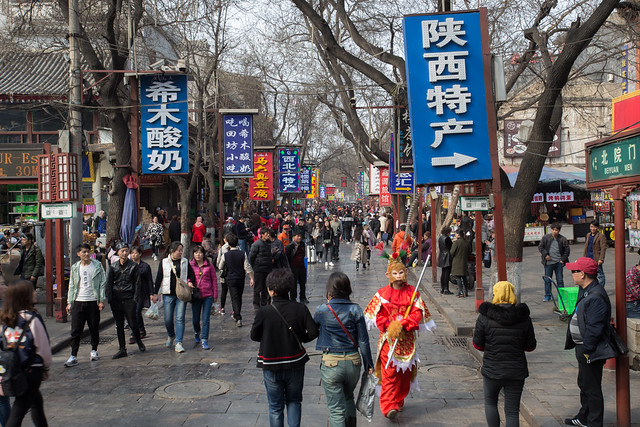
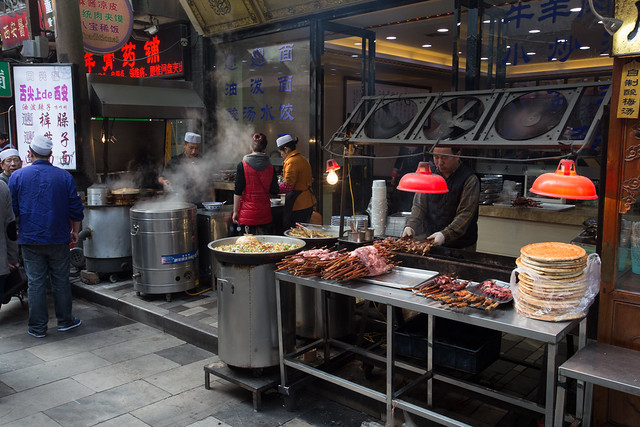
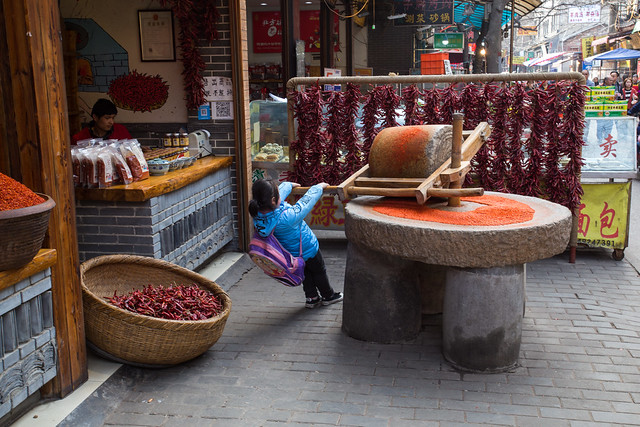
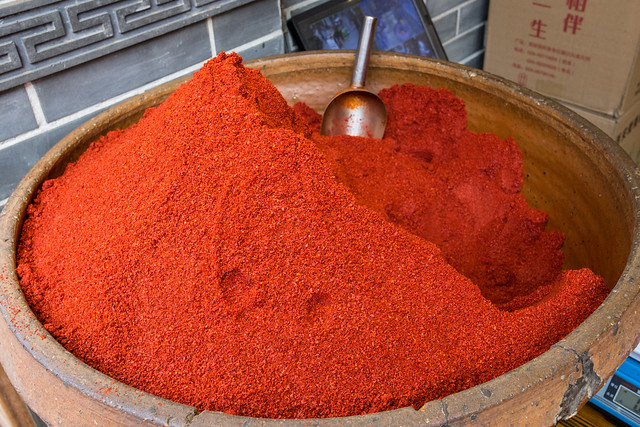
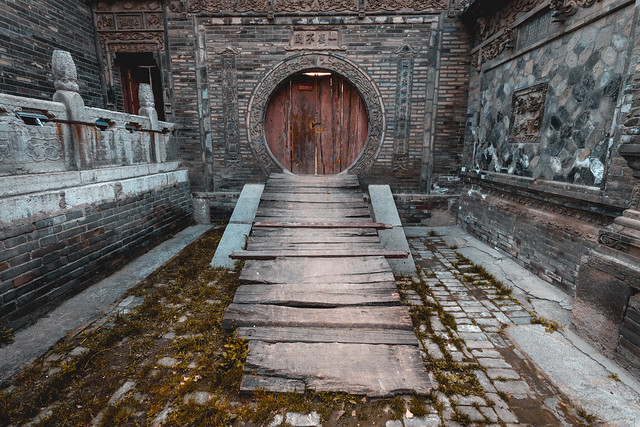
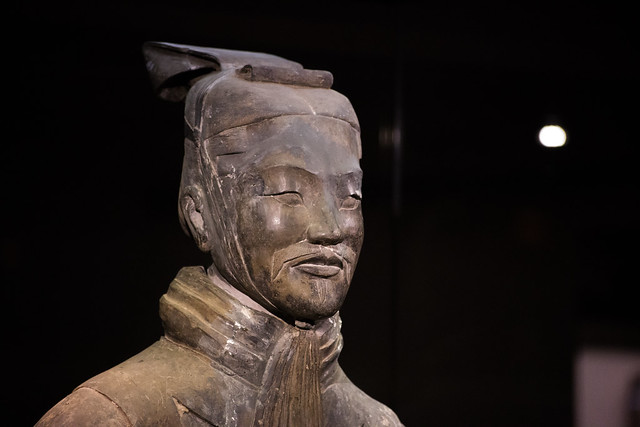

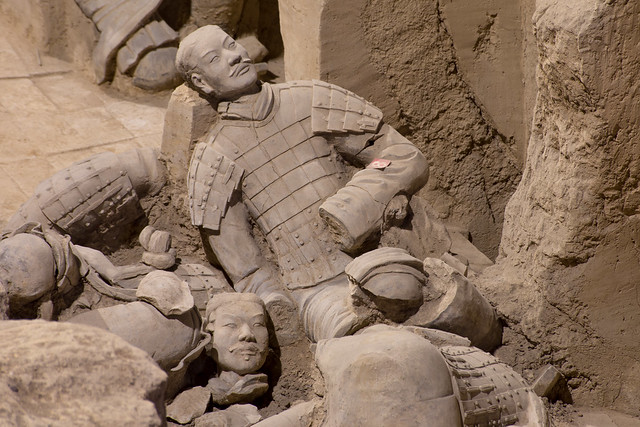
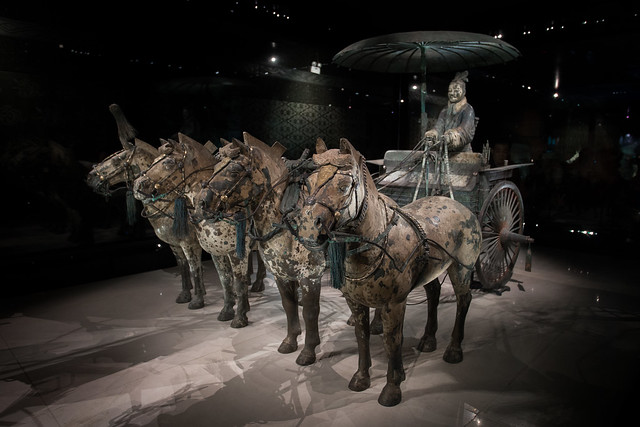
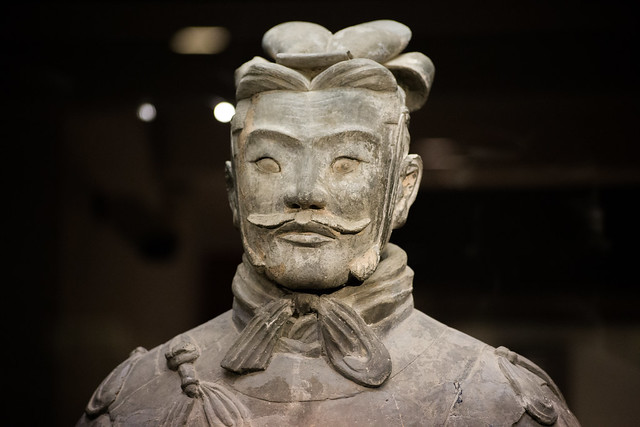

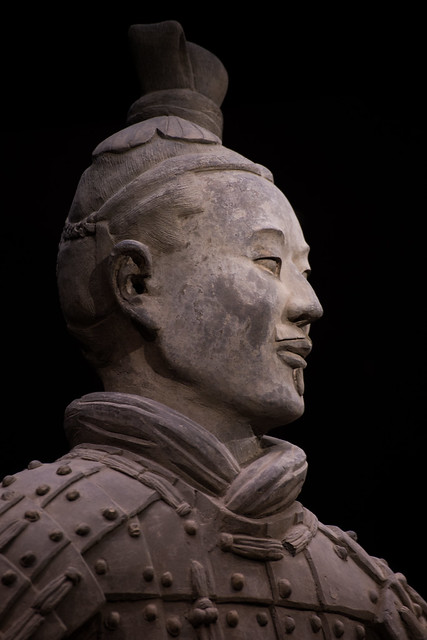
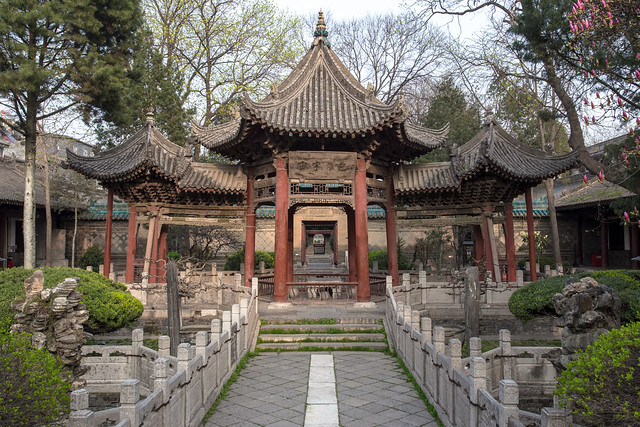
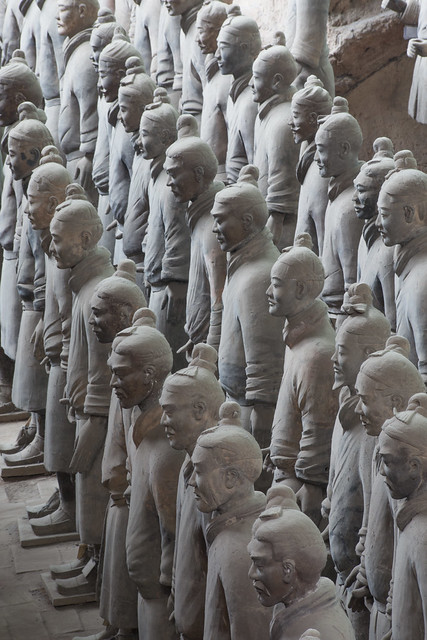
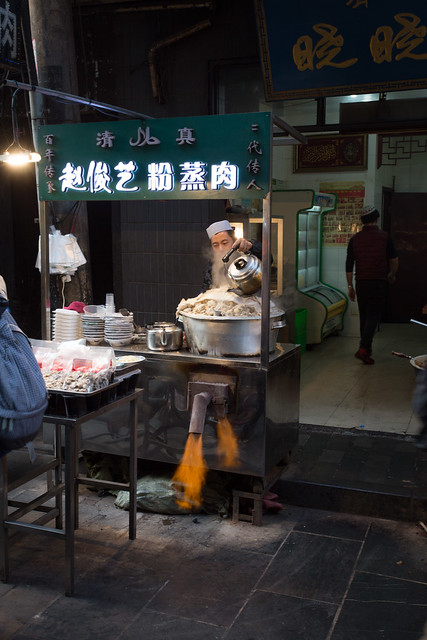


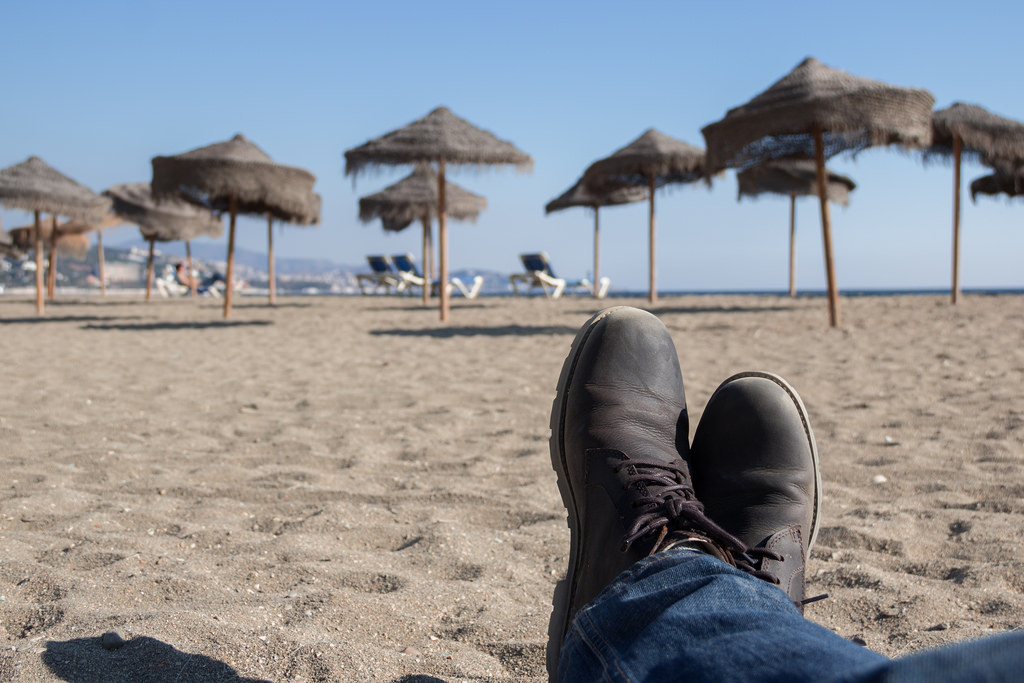
Hi Alex Berger,
Loved all pictures specially that child grinding those chilies with such a huge stone. I feel Chinese culture is way too historic.
Thank you for sharing this.
Thanks Kathryn! It was super cute!
Hi Alex,
I am in Shanghai right now and I am experiencing everything you wrote about in this blog post. I really like the way you capture the details in every image.
Always a pleasure reading your blog. Keep up the good work.
Thanks for the comment and reading!